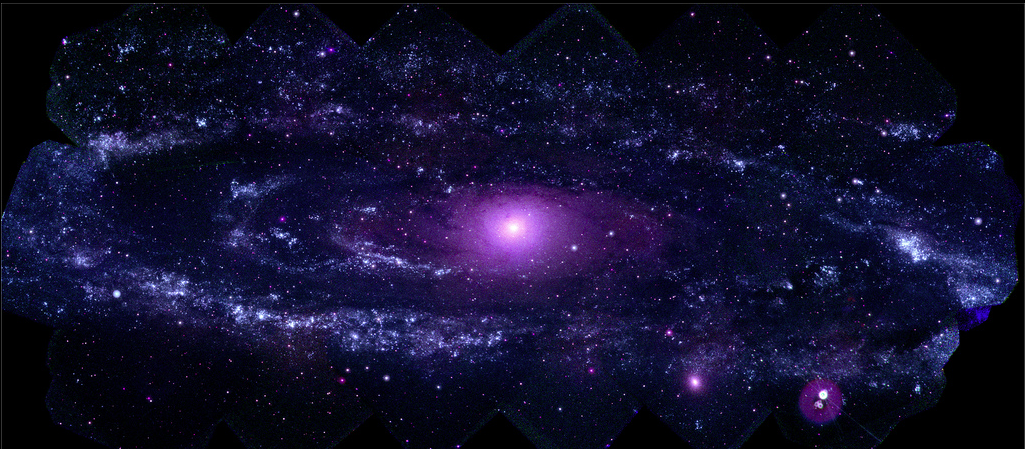Curators Batya R. Monder, MSW, BCD, with Nancy R. Goodman, Ph.D.

Introduction by Batya R. Monder:
Freud, in giving us an awareness of the unconscious, provided us with a spatial metaphor — a space deep inside that contains the forces of the unconscious. Furthermore, he told us that the unconscious has no sense of time.

The concepts of time and space permeate Freud’s writing (Perelberg 208) and have been explored by many analytic writers since, but the focus in more recent years has been on time and space in the consulting room and how better to understand what occurs in an analytic hour. Analytic writers have created new theoretical constructs to describe what is taking place. Bion brought into the analytic lexicon the “container” and the “contained”; Antonino Ferro and others have written elegantly about the ”field,” and Ogden and others have made “the analytic third” part of our psychoanalytic vocabulary.
In our gallery of Time and Space, we are bringing these concepts to your attention in a variety of ways. Nancy Goodman, our Director, discusses dream imagery and the symbolic meaning of the domestic and barn-like spaces that her patient creates. Goodman illustrates her written commentary with images that suggest what the dreamer described.
Desy Safán-Gerard, an artist and a psychoanalyst, shows us her blank canvas in a video and compares her views of filling that space in temporal time with the first hour with an analytic patient.
Antonino Ferro brought to our attention a beguiling video cartoon of Dr. Fish, which we are now presenting to you; and you can compare your own ideas of what is happening in the video with Ferro’s explanation of the interaction between doctor and patient and the metabolizing function of dreaming. He also discusses Bion’s concept of the “container,” first from a spatial perspective and then as a narrative container that can continually expand and grow stronger as the treatment progresses.
We are also recognizing the passage of time by acknowledging the recent death of a respected colleague, Calvin Settlage, who died in November 2013. Calvin Settlage’s career as a child analyst, who was strongly influenced by his early exposure to Margaret Mahler’s thinking about development, was divided between the East Coast in Philadelphia and the West Coast in San Francisco, only to end his days in the middle of the country, in Arkansas.
Robert S. Wallerstein, a longtime friend and colleague of Cal Settlage, has written a personal obituary. Accompanying it are some excerpts from unpublished writings that Cal Settlage’s daughter Sally generously gave to us for this purpose, letting us know that her father had hoped to write several papers on the aging process before his death.
We have also included select quotes from Thomas Ogden’s book, Subjects of Analysis (1994) in which he describes the analytic third.
We complete our gallery with excerpts from Gerald Fogel’s intriguing 1998 paper, “Interiority and Inner Genital Space in Men: What Else Can Be Lost in Castration.” The latter is a counterbalance to Goodman’s discussion of interior space in her female patient. In taking on the inner life of men, Fogel struggles to find “a simple, universally accepted word … that referred to a man’s ‘feminine’ half, as phallic does to the ‘masculine’ in both sexes.” He argues that “[w]ithout full access to his higher-level interior and more ambiguous continent, a man is castrated, compromised, less than whole.”
We hope you enjoy exploring this gallery, and we encourage you to let us know your reactions to our exhibits.
###
Fogel, G. (1998). Interiority and inner genital space in men: What else can be lost in castration. Psychoanal Q., 67: 662-97.
Ogden, T. (1994). Subjects of Analysis. New York: Jason Aronson.
Perelberg, R. J. (2008). Time, Space and Phantasy. The New Library of Psychoanalysis. New York: Routledge.
Batya R. Monder, MSW, BCD, is a Training and Supervising Analyst at the Contemporary Freudian Society (CFS) and a member of the Institute for Psychoanalytic Training and Research (IPTAR). In past years she was active in Division 39 of the American Psychological Association (APA) where she was the Editor of The Round Robin, a psychoanalytic newsletter for Section I, from 2002 to 2007, past president of Section III (Women, Gender and Psychoanalysis), and a longtime board member of Section I. Currently she chairs the Difficult Case Conference Committee for the CFS, serves on the board of the Confederation of Independent Psychoanalytic Societies (CIPS), and is a member of the Perspectives on Aging Committee of the International Psychoanalytic Association (IPA). She has a private practice in Manhattan. Recent writing and presentations have included a “Review of The Power of Witnessing: Reflections Reverberations, and Traces of the Holocaust, edited by Nancy R. Goodman and Marilyn B. Meyers in Division/Review, Spring 2013, and a 2014 presentation at AMPIEP, in Mexico City, entitled “Early Childhood Abuse and Shame: Reverberations Through a Lifetime.” Other presentations have been on “Shame and Masochism: An Intricate Weave,” “Mourning Through the Body,” and “Enactment; An Expanding Concept.”

I think this is an excellent beginning….I would like to add, however, that our exploration of time and space should not be limited to the body/psyche . For far too long psychoanalysis has been seen as a closed enterprise – much to the dismissive bewilderment – unfortunately, of the larger scientific community. We operate within a wider scientific model, in our case, most psychoanalysts assume a Newtonian model of the world and then attempt to explain personal idiosyncratic findings within such a predictive replicable model. The general conclusions of Quantum Physics and its models are – in my opinion – eminently applicable to psychoanalytic experience and its probability conclusion(s) particularly relevant to our psychoanalytic clinical experiences. Other models of QP are equally applicable and eminently helpful in understanding the psychoanalytic experience. Yes, time and space – . of course – but within as large a context as we are able, at present, to conceptualize such.